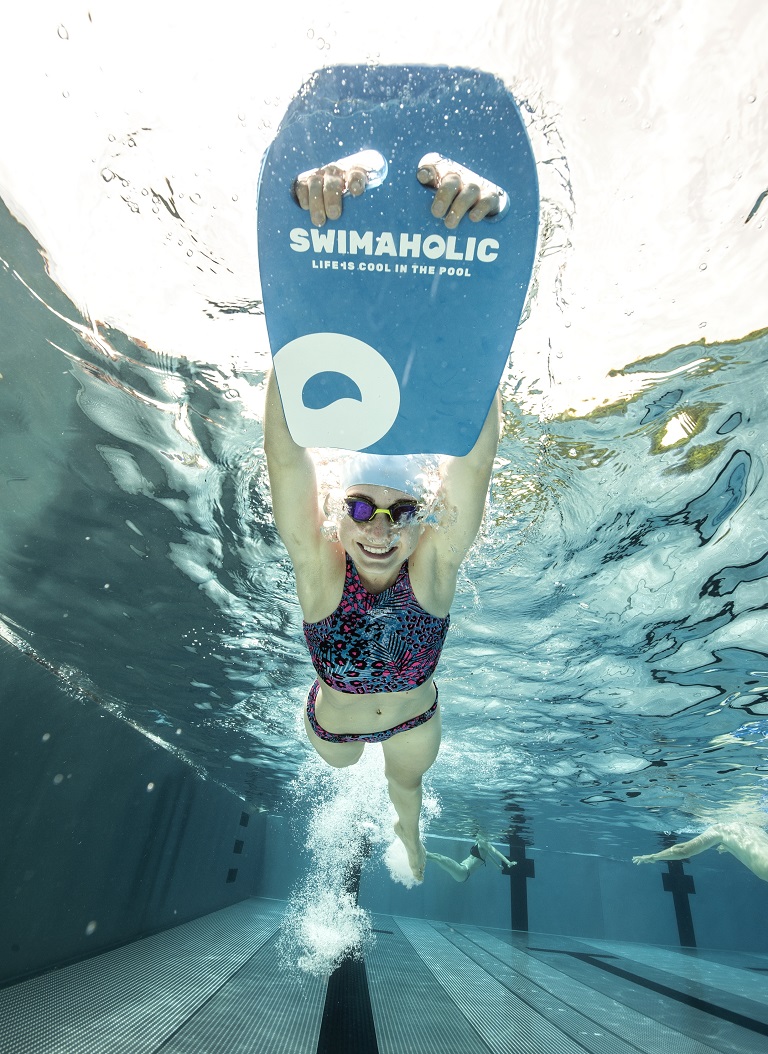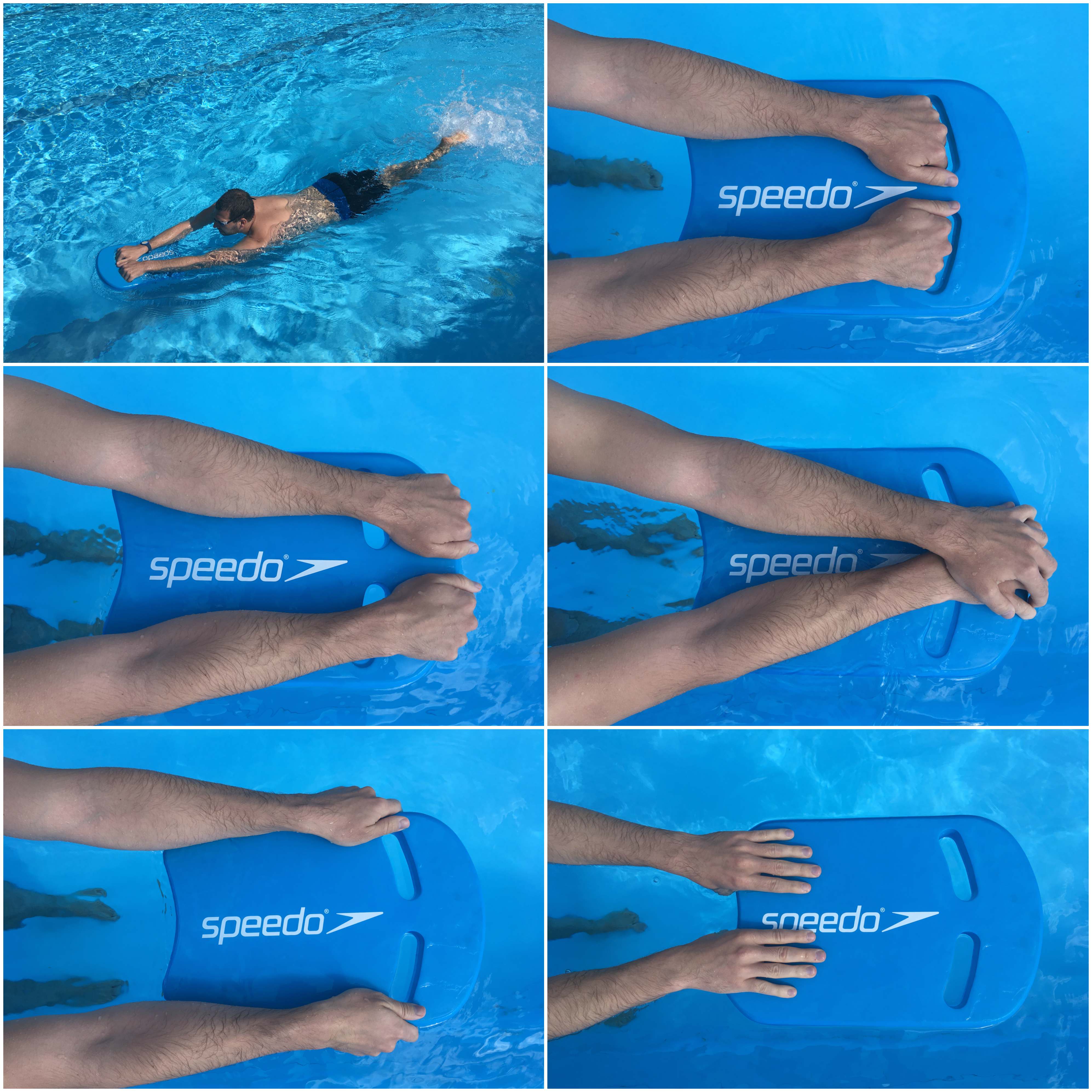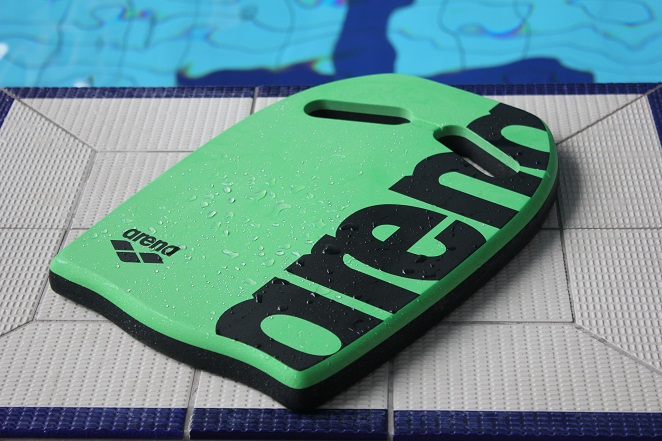Kickboards are a universal aid for swimming. Both children and adults can enjoy the benefits, and thanks to the various variants, all strokes can be accomplished with them. Last but not least, the kickboard is a great addition for beginners who are just learning the basics and for high-performance swimmers who are improving their swimming technique and strength.
The kickboard is one of the
basic swimming aids and, together with the
pull buoy,
hand paddles and
fins form the basic set of every swimmer. You will encounter these four basic aids almost at every training or swimming lesson and they shouldn’t be missing from both, beginners' or professional swimmers' equipment.
Who uses the kickboard most often?
The kickboard is a great partner
for beginners because it floats very well, providing the necessary support for swimmers to float on the water, for example, when practicing streamline, stability and correct body position in the water.
However, advanced swimmers can also benefit from the kickboard. It is the most common helper for increasing the lower body part and improving the correct leg technique and endurance. The most common motif with the kickboard is, for example, 6 x 50m crawl legs.
Kickboard grip options
You can use a kickboard for all swimming styles.
This includes
butterfly kicks too. Hold the kickboard in front of yourself with outstretched arms and in a prone position, then alternately push your hips and both legs down, creating a butterfly downbeat. Try to keep your legs close together with your ankles relaxed. It is also a good idea to use
fins to alleviate this exercise.
The kickboard has a really wide range of uses, you can also practice backstroke kicks with it. Grab the kickboard on its sides and hold it on your chest. If it’s more comfortable you can even wrap your arms around the kickboard. Then you just lie on the water surface on your back, bounce off from the pool wall kick with your legs outstretched, similar to crawl.
You can easily exercise breaststroke with the kickboard. Just hold the kickboard in front of you with outstretched arms and focus on your legs. The kickboard helps you keep your upper body on the water surface and with the right technique you keep your lower body part from sinking, that way you can move forward.
The kickboard is also suitable for crawl, because thanks to its buoyancy, it keeps your whole body in an ideal horizontal position and prevents it from sinking. You can hold the kickboard in front of yourself, again, with outstretched arms, in a prone position and kick properly with your legs.
However, you can also practice kicking on your side, when you hold the kickboard in front of yourself but in just one hand, the other arm is along your body and you turn on your side moving forward with crawl kicks. During this exercise, you are improving your side breathing. You can also use the board when practicing crawl arms, holding the kickboard with just one hand and focusing on the correct technique of the other arm.
Final tip:
Frequent use of the kickboard can cause shoulder pain due to leaning on the board and its buoyancy. After a longer swim with the kickboard, don’t forget to include a relaxing arm swimming exercise. For example „survival“ breaststroke.
If you are practicing backstroke legs, don’t place the entire surface of the kickboard on the water, just the edge, the one closest to you. You will glide faster in the water and it will hold your direction better.
Flip turns can also be done with the kickboard. Try it out.


